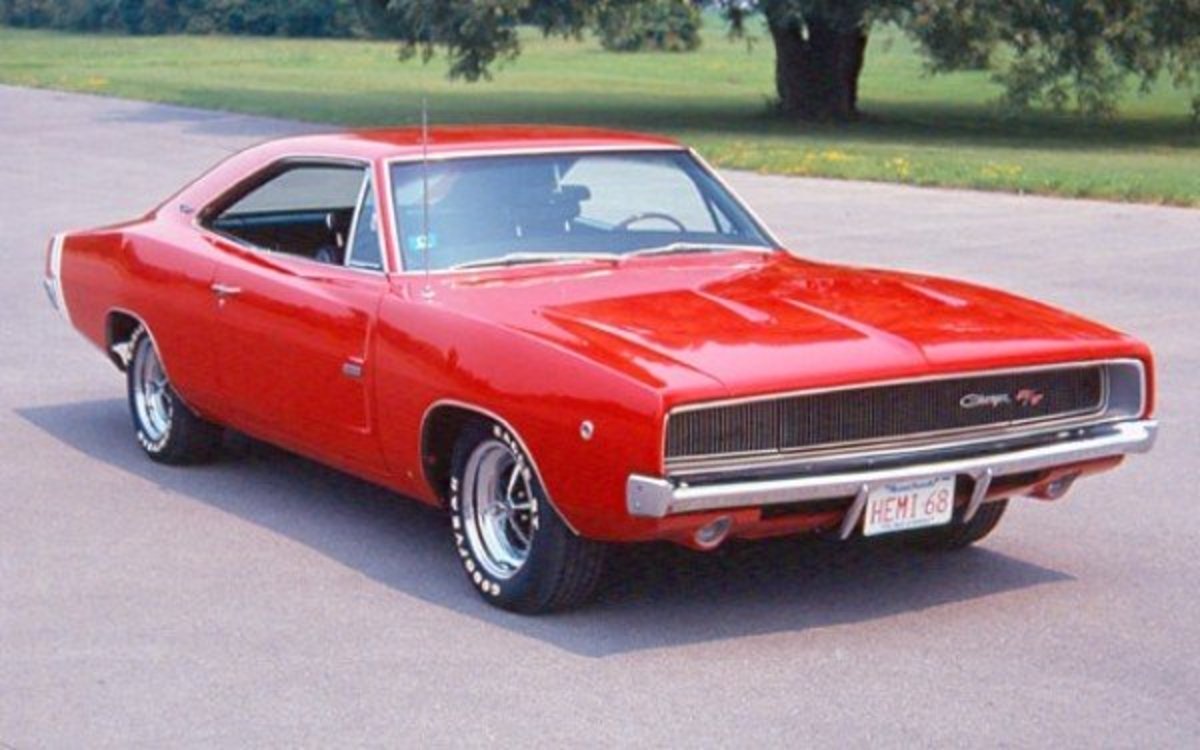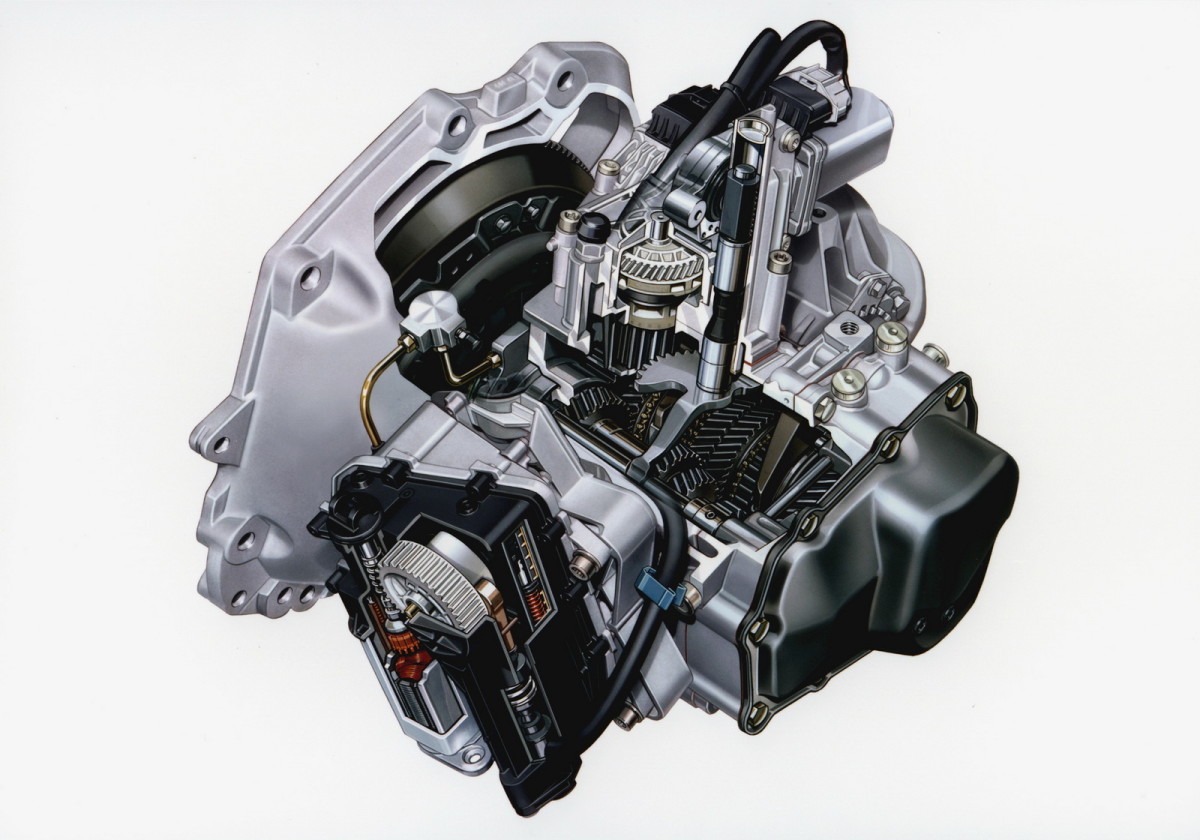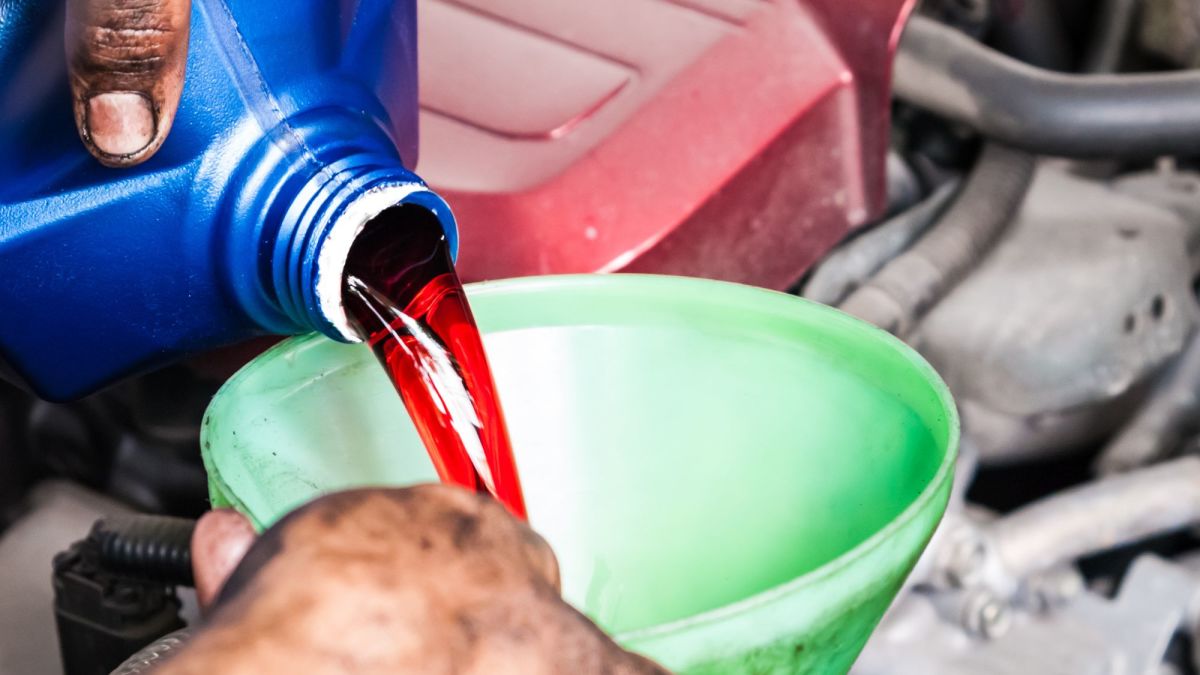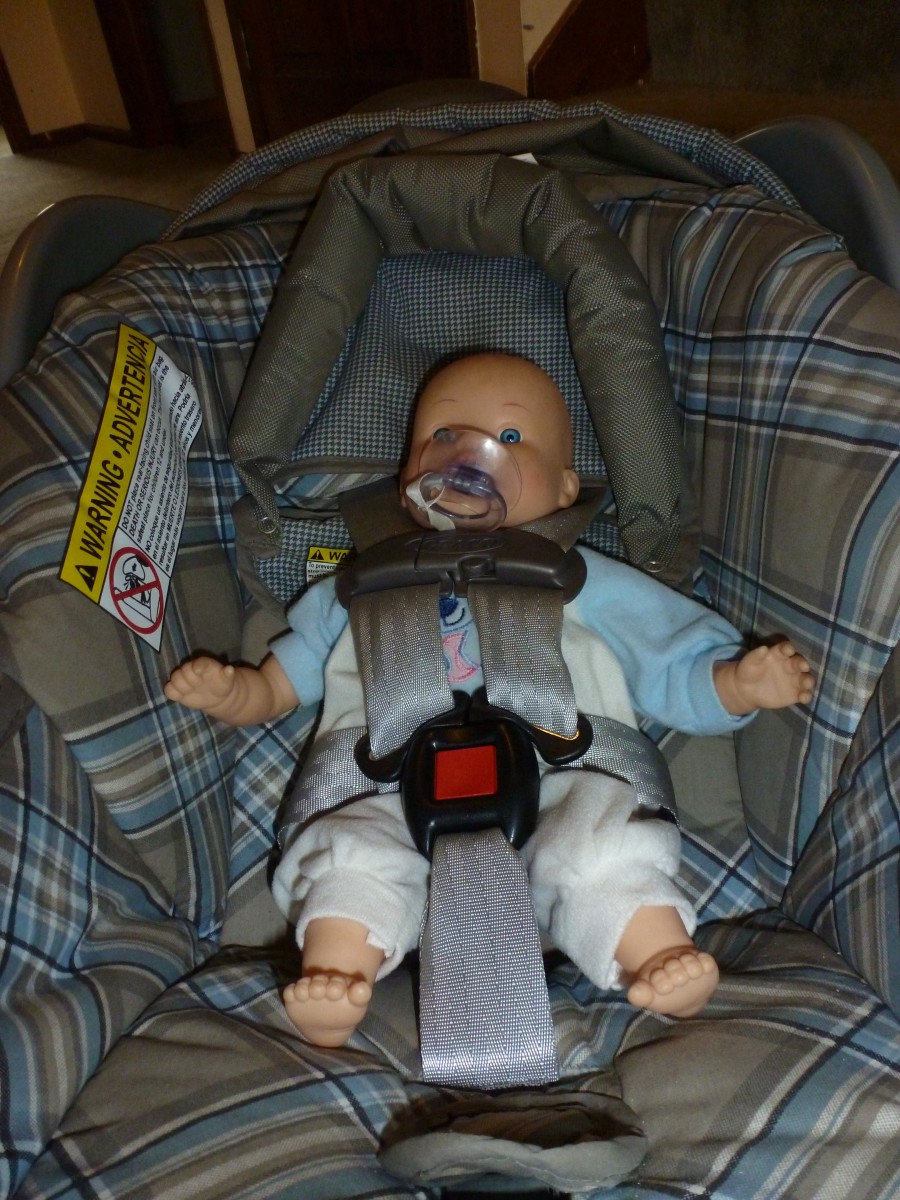Easy Description of How to Drive a Stick (Manual) Transmission Car
The "Inner Workings" Simplified
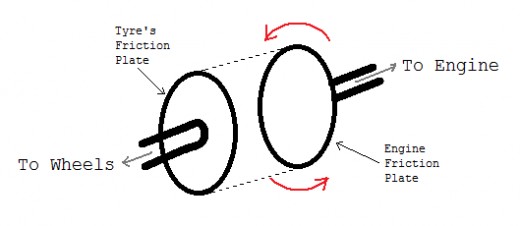
The following description was given to me by my driving instructor many years ago when I was learning to drive. It gave me a really good mental image of what was going on in the car's gear box / transmission when I was learning to drive a manual (stick) car.
You may need to keep referring to the drawn picture, as I'll keep talking about the plates, etc...
What the picture shows are two friction plates (as it was described to me), the right one coming from the engine and the left leading to wheels. When you push the clutch in, the plates move apart, when you take your foot of the clutch the plates move together. When your foot is off the clutch, they make very solid contact and will rotate together (1:1).
When the car's engine is on, the friction plate from the engine begins to spin. It spins faster when you put your foot on the accelerator (gas), and is usually measured by the number of revolutions per minute (often displayed as 1000s/minute) and shown on the car's tachometer.
So that's basically what happens when you push on the clutch and accelerator pedals, but how do you operate these to move the car...?
Start with the car's engine running, on a flat area with your foot pressing the clutch all the way down and in the first gear. (You won't need the accelerator for a little while.) With the engine on, you'll see that the tachometer is showing that the engine's friction plate is spinning. As you slowly let the clutch out, eventually you'll reach what we'll call the "friction point". This is where the two plates are just starting to make contact. The car may shudder a little bit, because the friction from the two plates touching will cause the engine's plate to actually slow down how quickly it's spinning. But this will start to turn the plate that leads to the wheels, and you should see that the car begins to move forward, even without using the accelerator.
To become a good manual (stick) transmission driver, you need to be able to find this friction point quickly and easily. If you let the clutch out too quickly, the car will stall due to too much friction or resistance being placed on the engine.
To prevent stalling, as you reach the friction point, gently place you foot on the accelerator. This put more fuel in the engine to make it's plate spin faster. So this time, as you reach the friction point and the begins to move forward but still with the clutch semi-in, gentle apply a little pressure on the accelerator. You'll see that car accelerates and moves a little quicker. It should take you about 3 seconds to fully let your clutch once you finding the friction point and slowing press the accelerator (a small way). If you release the clutch too quickly the tires will accelerate quickly as well, possibly doing what can be call a "burn out" and leaving tire marks behind (ultimately damaging your tires and/or clutch). If you keep at the friction point too long while pressing the accelerator, because the plates are still spinning independently, this can damage the plates causing a "burnt out clutch" which is an expensive problem to solve.
So this is how you get a car moving in first gear from a stationary position. The process is similar to change gears. You push the clutch in to separate the plates, then change gear, slowly release the clutch to you find the friction point again, then slowly release the clutch as you slowly apply the accelerator. It is easier changing gears while the car is moving, because both plates are already spinning and there is much chance of stalling the engine. You really only need to make sure that the car's speed matches the appropriate gear that you're about to change into.
Safe Driving!!
Try these other hubs...
- How to drive a manual transmission car aka a stick shift
Driving a manual transmission car, generally called a stick shift, is not as hard as people make it out to be...


